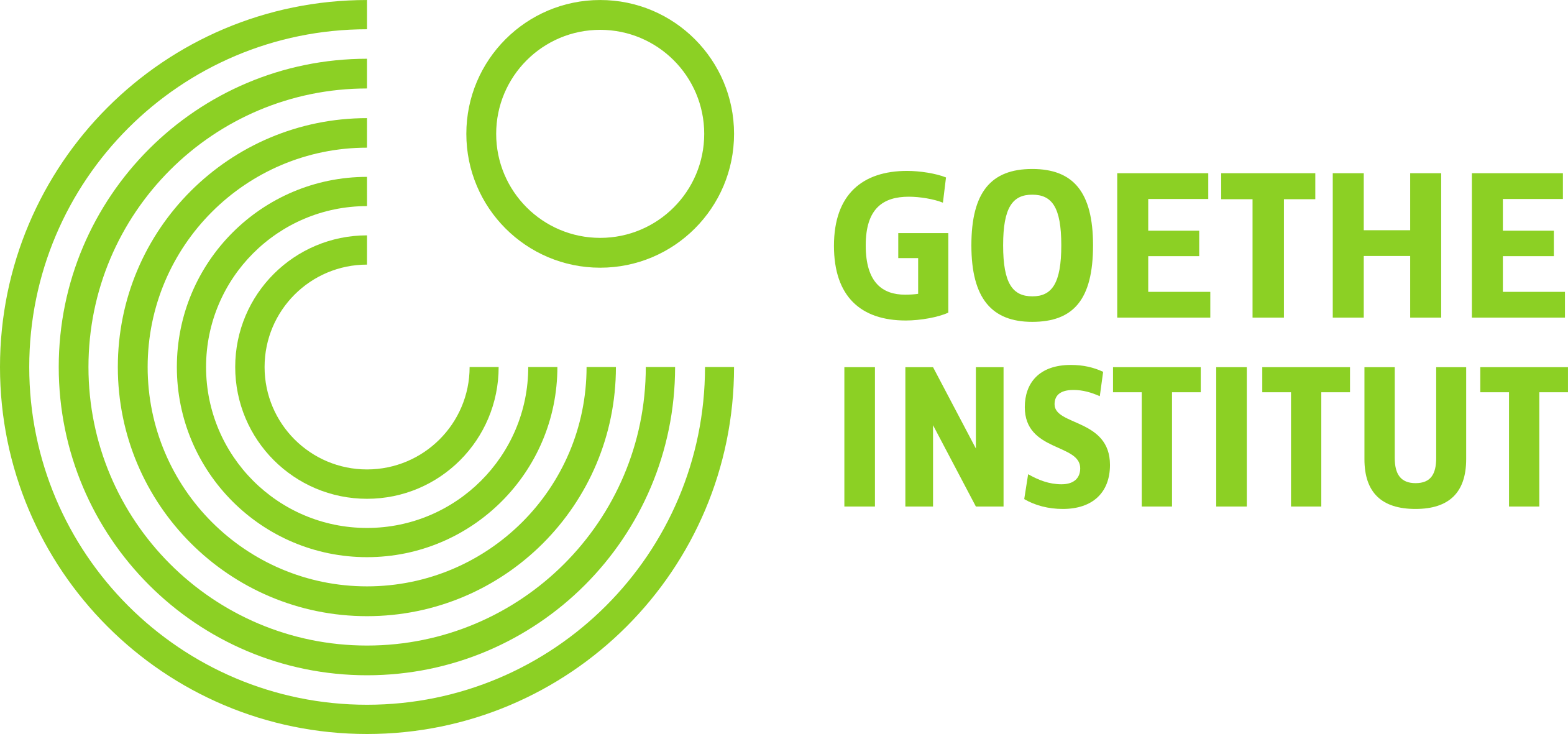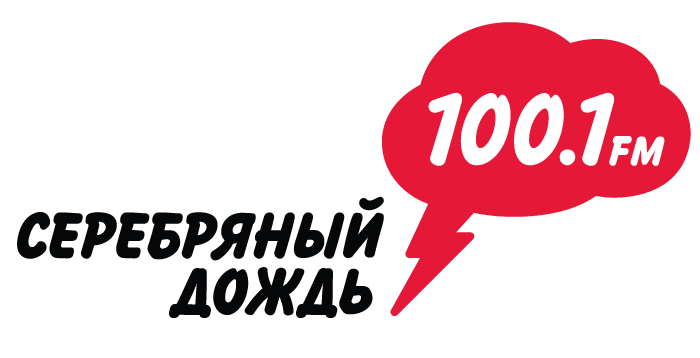Rosemarie Trockel
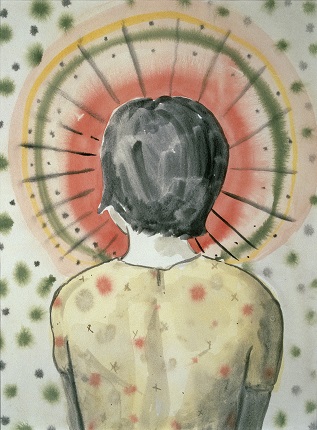
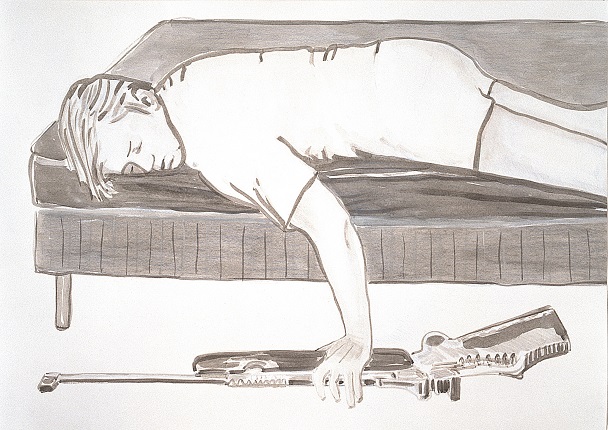
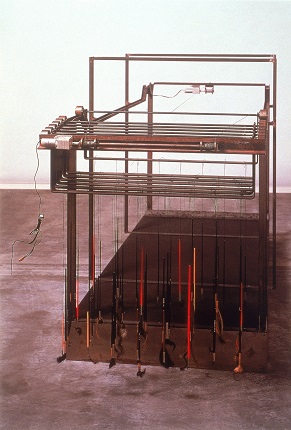
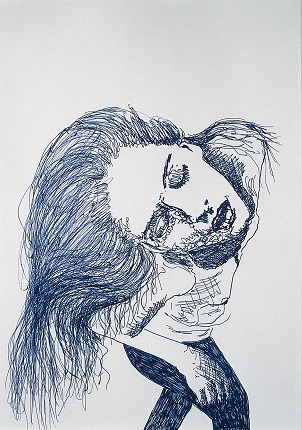
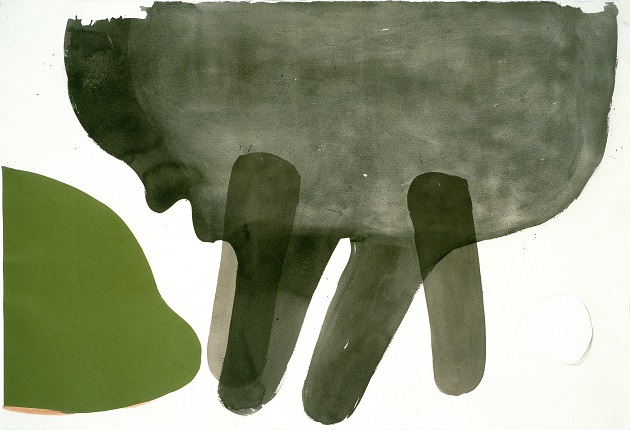
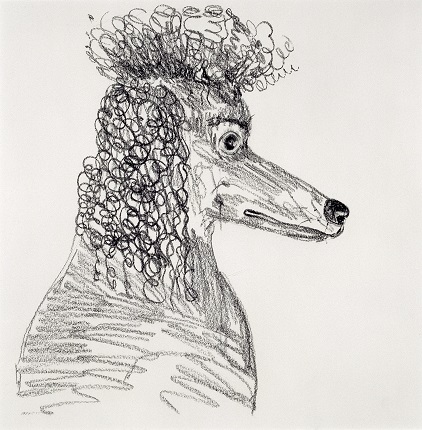
Rosemarie Trockel. Untitled, 1996. Acrylic on paper. © VG Bild-Kunst Photographer: Bernhard Schaub
Rosemarie Trockel. Siesta. 2000. Acrylic and pencil on paper © VG Bild-Kunst
Rosemarie Trockel. Untitled (Painting machine). 1990. Machine: iron, particle board, felt, brush, etc. Catalogue: Page 6 © VG Bild-Kunst Photographer: Bernhard Schaub
Rosemarie Trockel. Untitled. 1978. Felt pen on paper © VG Bild-Kunst Photographer: Bernhard Schaub
Rosemarie Trockel. Untitled, 1988. Gouache on paper. © VG Bild-Kunst Photographer: Bernhard Schaub
Rosemarie Trockel. Untitled, 1995. Charcoal on paper. © VG Bild-Kunst Photographer: Bernhard Schaub
Moscow, 18.09.2019—17.11.2019
exhibition is over
Share with friends
Co-organizers: Institut für Auslandsbeziehungen (ifa), Goethe-Institut
For the press
Rosemarie Trockel
September 18, 2019 — November 17, 2019
Strategic partner of the Museum: Tele2
Curator: Gudrun Inboden
The Multimedia Art Museum, Moscow presents an exhibition by outstanding German artist Rosemarie Trockel, organised jointly with ifa (Institut für Auslandsbeziehungen/Institute for Foreign Cultural Relations) and the Goethe Institute in Moscow.
The exhibition on Rosemarie Trockel is part of a series of monographic exhibitions in ifa’s program that includes Sigmar Polke, Georg Baselitz and Gerhard Richter. This not only illustrates the standing that accrues to the artist’s work within contemporary art. The artistic positions of the elder colleagues also, in a cryptic way, form the programmatic starting point for Rosemarie Trockel’s concepts.
An art scene that has been largely male-dominated, even into the 1980s, spurs Rosemarie Trockel to dissent. She persistently formulates counterpositions in which she confronts the male artist-genius with feminine roles and subject matter. The various groups of works reflect her standpoint within a decidedly feminine artistic realm and are unstinting in their fundamental critique of the prevailing art system.
Despite her critical stance, Rosemarie Trockel’s works encounter the viewer as lively, highly imaginative conceptual constructs and as vivid and convincing artistic creations. The artist manages to visualise even weighty intellectual cargo in an ironic and humorous way, avoiding dogmatic oppositions or, indeed, polemic. Humour and irony also keep her sufficiently distant from the contents, as if Trockel were to step behind herself as a self-critical observer during the working process. So she succeeds in directly coming to grips with certain prejudices and clichés that women are confronted with in society and the art world, and replicates them with astute thematic variations in a masterful dialectic. One of her earliest masterpieces, ‘Malmaschine’ from 1990, which is shown in our exhibition, takes to the absurd, in virtuoso style, the commonplace about the complaisant handicrafted-mechanical nature of art created by woman’s hand. With its mechanical production of the painterly Gestus, ‘Malmaschine’ reads well as a parody on the topos of the artist-genius.
The same strategy is pursued after 1991 in the knitted pictures, which hang on the wall like minimalist sculptures. The artist strips a prop borrowed from the everyday life of women of its traditional function. Like the wool material in the knitted pictures — ideologically burdened as ‘typically feminine’ — electric stove-burners, too, depart from their banal connotations of domesticity or craft. As the feminine counterpart to Marcel Duchamp’s masculine-referenced urinal -industrially produced, without an artist’s hand — the knitted pictures and stove-burners find their way into the museum as work-pieces defined as art.
Rosemarie Trockel does not develop her work in a linear manner, but prefers to take intentionally circuitous artistic paths. With a thoroughly deconstructive method, she places every answer, once found, again in question, or even takes the answer back. The uninitiated observer might therefore find her work heterogeneous and, at first, not easily accessible. For the groups of works and individual pieces pursue, one after the other, apparently incompatible paths of investigation that rest on both natural scientific foundations — Rosemarie Trockel pays careful attention to anthropology — as well as aesthetic ones. And yet a finely woven web of associations is spun around each group of works in which the motifs, once formulated, undergo manifold variations in different media over the years and so decipher themselves.
In her works, traditional and new visual media make astonishing connections for the viewer again and again. This is particularly evident in the tusche, charcoal, pencil, collaged or computer drawings, which have an important place in the oeuvre. Drawings accompany each new phase of work both as trial runs and as sketches noting observations and ideas but, as is especially apparent in the current large format works, they also form an independent body of work. Along with the videos, our exhibition therefore puts special emphasis on this medium.


